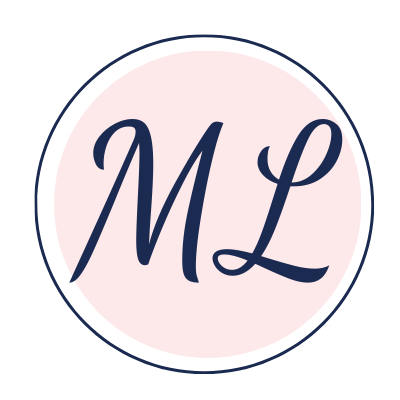Episode 30: Baby Sign Language
For the month of January, we are focusing on everything related to words, and this week we are zooming in on baby sign language.
American Sign Language (ASL) has been the primary means of communication for the deaf community since the early 1800s. ASL is now classified as a world language, which means that if you know English and ASL, you are considered bilingual. Similar to how people who speak German and French are bilingual. It wasn’t until more recently that people started introducing the concept to children in the first year of life as a means of communication.
Emmeline’s first solids and first signs
We started teaching Emmeline the signs for “more” and “finished” when she started solid food at just over 5 months of age. Every time she had a bite, I would sign more and then give her another bite. At the end of the meal, I would sign all finished as we were cleaning up from our meal. By 7-8 months, she was signing back to me. I remember the first time I saw her sign “more”. It didn’t look like mine. Her hands were wide open and her palms were touching instead of her fingertips - but it was clear as day what she wanted.
Potential Benefits of Baby Sign Language:
Ability to communicate needs and wants earlier than by speech. This alleviates communication gaps that can occur when babies know what they want before they have the speech to communicate those needs.
Earlier communication can lead to increased confidence and self esteem.
A 2003 study by Murkoff showed that using infant sign language can lead to improvements in speech development and vocabulary.
Because you are pairing visual and verbal stimulation, teaching baby sign language can lead to increased visual and attention skills.
Increased bonding between parent and child. This is a time of laughing, touching, visual communication and undivided attention.
Potential Long Term Benefits of Infant Sign Language:
Increase in IQ by +12 points
Accellerates emotional development
Enables children to communicate effectively
Lowers frustration and therefore tantrums
Reinforces educational concepts (ABC, 123, etc)
Muscle memory helps kids remember words by using multiple senses while learning
Improves attention
Earlier reading
Benefits of being bilingual (whether spoken or sign)
Score 17% higher on standardized tests
Enriches children’s cognitive processes
Higher creative thinking, improved problem solving and better listening skills
Lincoln and Elizabeth learning to sign “more”. You can see a few hints of the signs.
Practical Tips for Starting:
Start introducing signs when your baby is 4-6 months. I started with “more” and “finished” when I introduced solid foods at 5 months. (Yes, I waited til 5-6 months for solids)
Begin looking for your baby to sign to you around 8 months of age. Remember that their gross motor and fine motor skills are not fully mature and their signs may look a little different than “perfect”.
Repitition is key. Use common words and sign it every time you say it.
My favorite signs initially were more, finished, eat, water, please, thank you, mama, and dada

